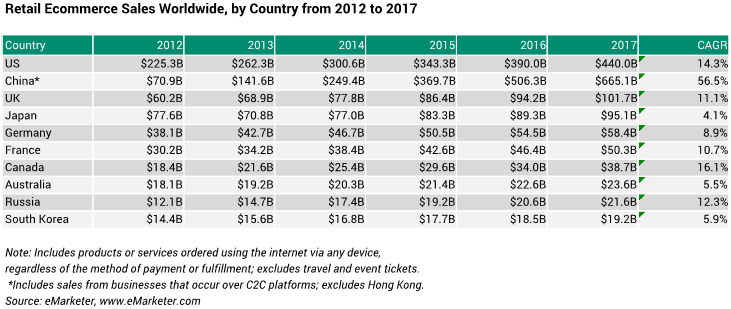Earlier this year, U.S. e-commerce behemoth Amazon (New York: AMZN) opened its first cashierless store, called Amazon Go, in Seattle, in the northwestern state of Washington. Customers scan their phones when entering the store.
[timeless]
Q2 hedge fund letters, conference, scoops etc
Then, with sensors, artificial intelligence and cameras, Amazon tracks what customers are purchasing, and charges them accordingly, without ever needing to check out. Another store is in the works.
That seems pretty exciting and revolutionary. But if you want to see future of retail, go to Shanghai.
This is the future of shopping
In the Daning Music Plaza commercial building along Wanrong Road in Shanghai’s Jing’an district, you’ll find the Hema Supermarket.
Using a customised app, you scan a code on the product you want, through which you’ll be charged for the purchase – and the product will be delivered to your house in half an hour. There’s a human cashier available in case you want to pay with cash.
There are already more than 40 Hema Supermarkets in operation, with another 2,000 planned in the next three to five years.
If you’re in need of new exercise gear, visit Suning Sports’ store along Handan Road. An app on your smartphone – containing your payment information and facial features – will enable you to enter the shop and you’ll be automatically charged as you walk out.
Suning Sports has two cashierless retail stores, with another four being set up. If it proves successful, the company has another 1,500 retail stores all over mainland China to implement its new shopping concept.
For smaller, last-minute needs, you can duck into one of dozens of BingoBox cashierless convenience stores located all around the city. Scan a code at the door using your Alipay or WeChat app to get you into the store.
Alipay is the mobile wallet and payment app of China’s leading e-commerce company, Alibaba (Exchange: New York; ticker: BABA). WeChat is the dominant Chinese social media and messaging app – it’s like Whatsapp, Amazon and PayPal all rolled into one – owned by Tencent (Exchange: Hong Kong; ticker: 0700).
Cameras equipped with facial recognition software follow you around the BingoBox store. Scan the barcode of the items you select as you leave and pay through your Alipay or WeChat app with a few taps, then exit the door, as cameras check what you’re carrying matches what you paid for.
JD.com (Exchange: New York; ticker: JD), the second largest online retailer in China after Alibaba, reported in December that it will team with real estate developer China Overseas Land & Investment to open hundreds of unmanned retail shops.
JD.com will also make use of advanced facial recognition software to customise promotions based on a customers’ shopping habits and demographics. Its trial shops have already been tested by the 10,000 employees at its Beijing headquarters.
It’s all in the data
How are Chinese companies racing ahead in the next generation of retail shopping experience? It boils down to the data – enormous quantities of data that’s being collected from Chinese consumers by Alibaba, JD, WeChat and others – and the use of artificial intelligence (AI) to mine this data to put it use.
We’ve written previously (here and here) about how China has become a centre of development for artificial intelligence, thanks in part to the vigorous support of the Chinese government. The government makes clear that it works with private companies to gain access to data for monitoring of its citizens.
Kai-Fu Lee, a world-renowned AI expert who founded U.S.-China venture capital firm Sinovation, and led Google in China before it left the country, said at the TechChrunch Disrupt San Francisco startup conference last week that any lead America’s tech industry may have enjoyed is rapidly being eroded by hungry Chinese entrepreneurs. The Chinese have far more data at their disposal to build, train and deploy AI systems – partly because privacy concerns that limit the collection of data in the west aren’t a major concern in China.
With so much data at their disposal, he said that China is using AI to find every way to add value to traditional businesses, to internet, to all kinds of spaces. This is why the most valuable AI companies in computer vision, speech recognition and drones are all Chinese.
Their success at winning over consumers is most evident in the growth in China’s e-commerce industry over the past five years, which has massively outpaced that in any other major economy. As indicated in the table below, it’s increased by a compound annual growth rate (CAGR) of 56.5 percent, each year for the last five years.
Today, China’s e-commerce industry is the biggest in the world, with revenues of US$665 billion. That compares to the U.S., which is the second largest, at US$440 billion. Amazingly, in 2012 China’s ecommerce industry was just one-third the size of that of the U.S., which was then leading the world.
China’s explosive ecommerce growth will inevitably slow, as it increases from a larger base. But it’s going to be a template as companies in other markets expand their ecommerce operations… and as Chinese companies expand abroad with their cutting-edge technology.
Good investing,
Brian Tycangco
Editor, Stansberry Churchouse Research
P.S. Central to the explosion in ecommerce is another key supporting technology: Robotics. Every major ecommerce company in China is adopting robotics into its supply chain to accommodate the tens of millions of orders the industry often needs to process in just as little as a few hours. We’ve done a lot of research into the best way to invest in this angle… you can learn more here.

